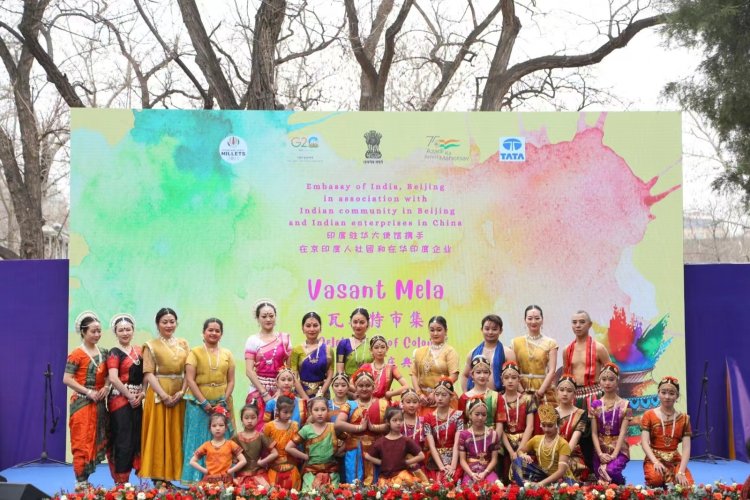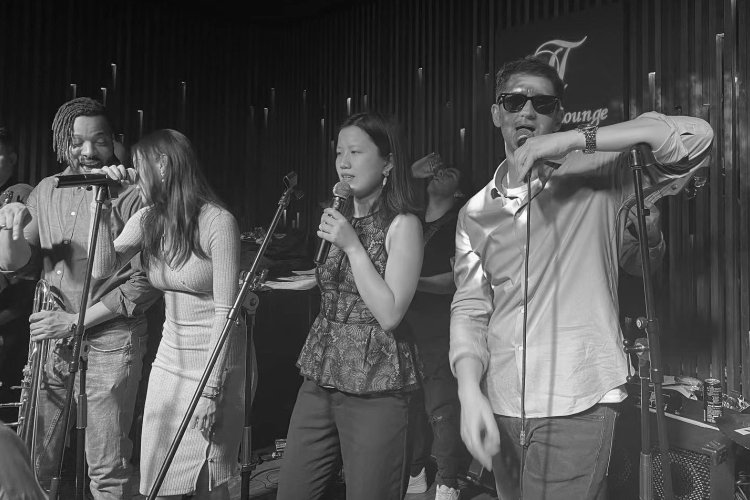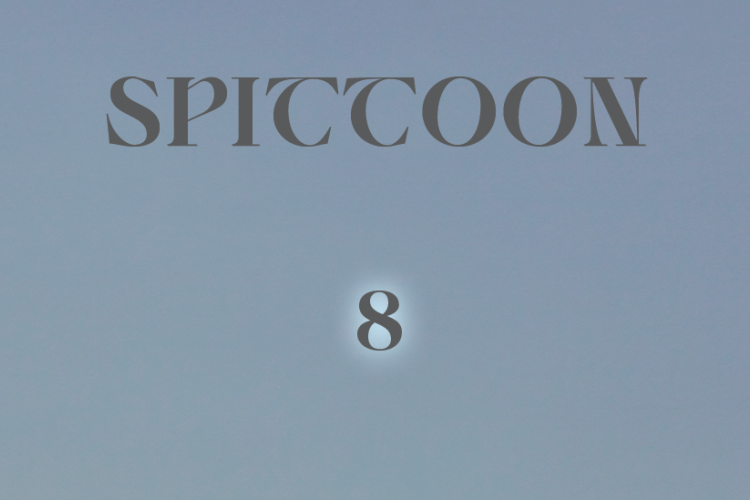Blue Prince: China's First Street Artist Goes Old School
No, not old-school like Sugarhill Gang. In this case, we’re referring to a pre-camera type of photography called cyanotype, also known as a blueprint. Back in the late 1800s, it was the imprint method of choice for engineers and the like; now it’s almost extinct. But artist Zhang Dali is bringing it back to document the life around him in Heiqiao Village, outside the Fifth Ring Road.
Zhang is best known within the Chinese contemporary canon as the man who brought street art to China, with the spray paint outlines of his cartoonish silhouette peppered throughout the city’s demolition zones in the ’90s. He’s since moved on to other projects: sculptures of migrant construction workers printed with serial numbers and strung upside down, photos of more migrant workers overlaid with modern sociopolitical slogans, and of course his latest cyanotype works, called “World’s Shadows,” on show this month at Pekin Fine Arts. We sat down with the artist and his wife Patrizia Galli at his studio to learn more about his journey and his latest art practice.
How did you make this transition from street to gallery?
At first, it felt like I was yelling. That was the graffiti spirit. Graffiti's a protest art, right? It's about saying something powerful, not just about looking good, having fun. But in the last dozen years graffiti's turned into a trendy, commercialized product. It's lost its battle-readiness. So I decided not to be a graffiti artist anymore and pursue other types of art. Of course, my audience became smaller – I can't hang my sculptures all over the city. But in the end I'm still saying what I want to say.
Can you walk us through this new photo process you’re using?
I combine two chemicals – ammonium iron citrate and potassium ferricyanide – with water, then brush them onto a large piece of cotton fabric. The chemicals are naturally sensitive to ultraviolet light. So if you put the fabric under the sun, and have a person stand over it with their shadow falling onto the fabric ... In two or three minutes, the fabric becomes exposed and you get an imprint.
Who are these people in your images?
I try to show the people and situations around me, people passing by riding their pedicabs or bicycles. So I usually just go into the village and find people.
Do they understand what you’re doing?
I think they think I'm crazy. Most of them don't care what I tell them to do, they just care that I pay them.
Isn’t that uncomfortable for you? To have the subjects of your art so distanced from the work itself?
No. I think everyone has their own work to do, and it's not a big deal. Take the guy who makes meat buns. That's what he does for a living, and he understands the skills he needs to do that. An artist lives off his art and knows what he needs to do. I may not know how he makes his buns, and he doesn't know or care how I do my art. So I don't think it's that important for us to understand each other.
Everyone refers to you as an artist with a social slant. Do you agree?
Yes, I would agree. I think society and politics is too important to ignore. Let’s say you buy a villa. Even if you’re cordoned off from the rest of the world, you can't escape. Maybe your Homeowner's Association fee is unreasonably high, or your bao'an hassles you everyday. Maybe your building’s quality turns out to be horrible and you realize you were cheated. You can't ignore these realities. You think you're living in a palace, yet you step outside into garbage.
So what’s next?
I'll probably continue this [type of photography] for another few years. There are some techniques and variations I haven't explored yet: changing colors (red, black, brown) and different fabrics. But with Beijing’s horrible weather, there really aren't enough days to do it each year. You need strong sun. In the cold of winter, the chemical solution freezes. But in July or August, it's not good either because the humidity keeps the chemicals from drying, and then it doesn’t work.
Have you thought about moving elsewhere to do this then? Florida? Italy?
Maybe I could do it in Lhasa. The sun there is really strong. But my whole point is to document my reality here in Beijing. If I moved to do this, it would no longer be my life.
Catch Zhang Dali’s shadows at Pekin Fine Arts though Jan 8.
Click here to see the December issue of the Beijinger in full.
Related stories :
Comments
New comments are displayed first.Comments
![]() Ebriel
Submitted by Guest on Fri, 01/20/2012 - 23:33 Permalink
Ebriel
Submitted by Guest on Fri, 01/20/2012 - 23:33 Permalink
Re: Blue Prince: China's First Street Artist Goes Old School
Can't wait to see some of this in person. I've been doing Cyanotypes for years, and he's right about the challenges of doing them in Beijing's extreme climate.
Validate your mobile phone number to post comments.






